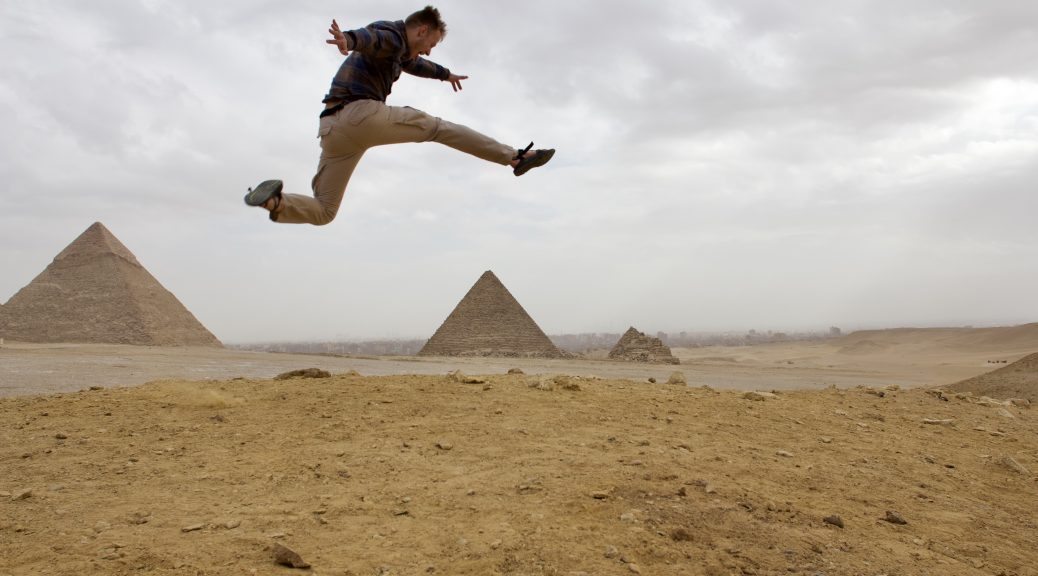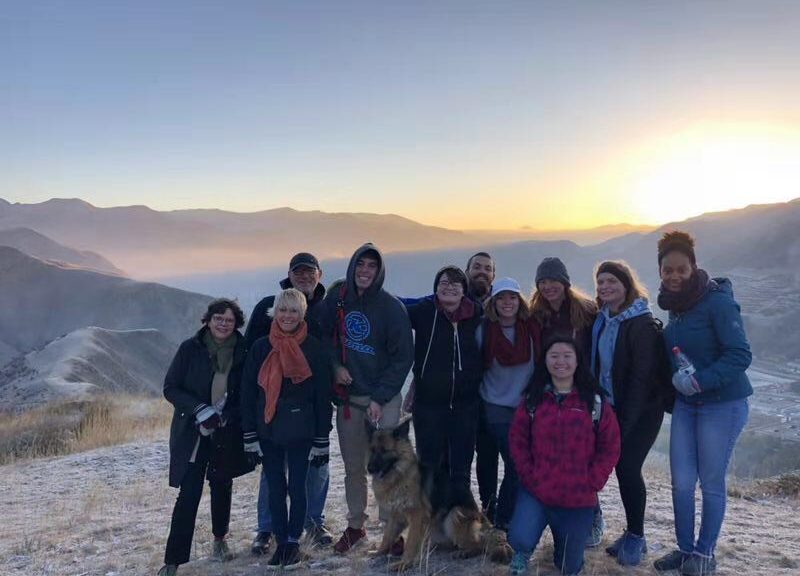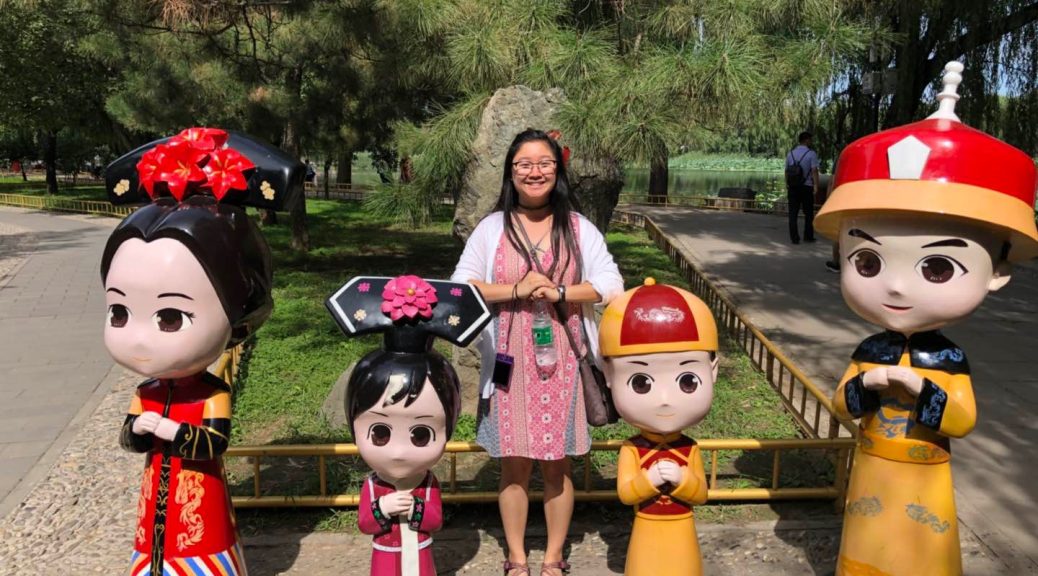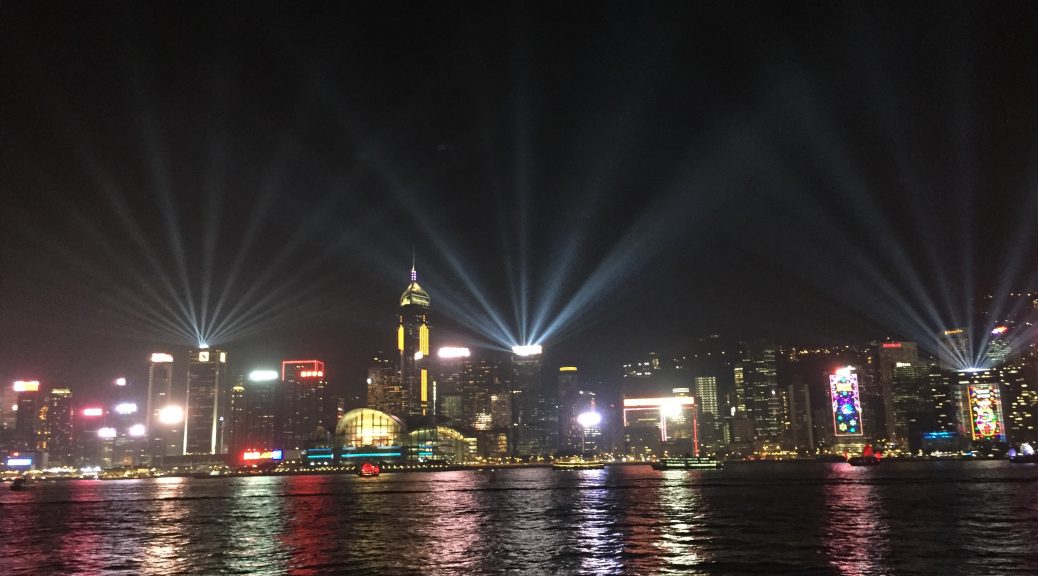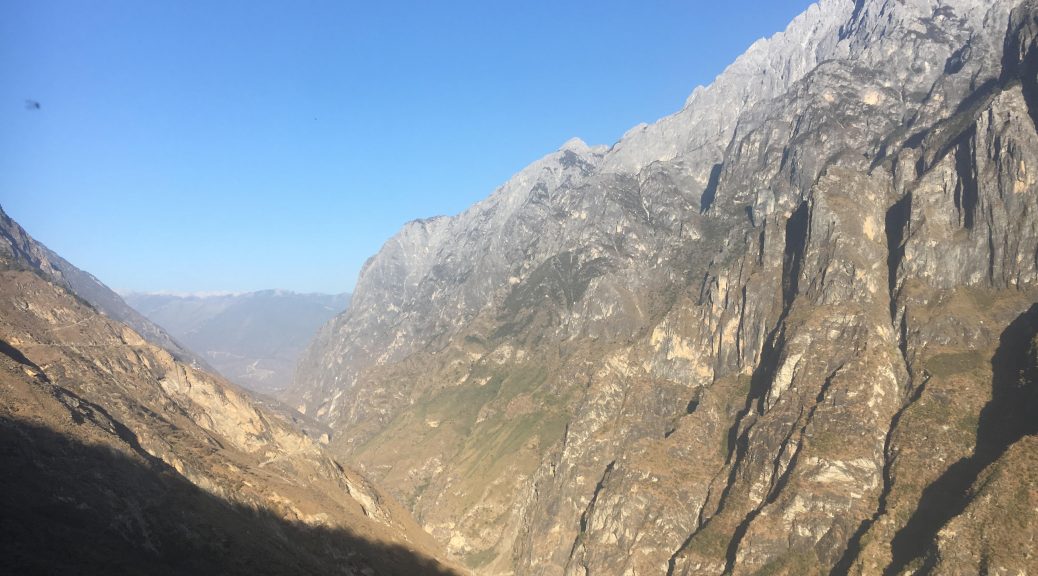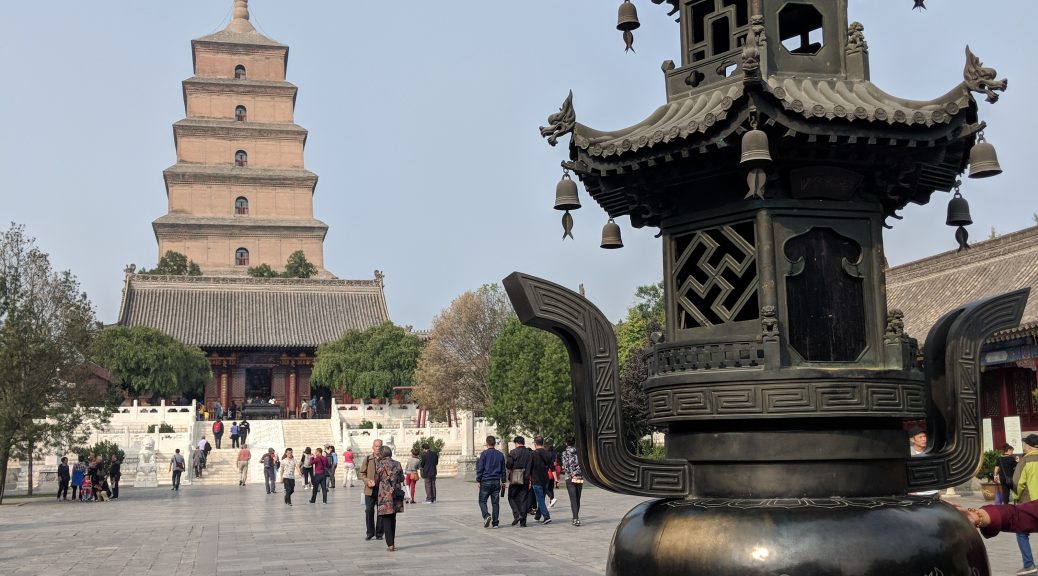
Tag Archives: featured
Guatemala: First Impressions
Middle East: Egypt
Has it really only been a week? That's the question that comes to mind as I write these words in Anaphora, a compound about an hour's drive from Cairo. It's a beautifully serene place that offers us time and space to unwind and reflect.
Yes, only a week. Driving away from the farewell crowd at University … Continue Reading ››
Reflections on the China Cross-Cultural
A Conversation Between Mary and Sam
Why China?
To be honest, I just needed to satisfy the cross-cultural requirement. I’m a transfer student, so I didn’t have a lot of options. I decided to sign up at the last minute when my advisor (Mark Sawin) told me it would be a great adventure, and I would come … Continue Reading ››
China: Expanding Identity
Dec. 9, 2018
I am 22 and am adopted from China - well, my mother has to remind me that I was adopted because "adopt" is a verb, not a constant state of being.
I chose to go to China for my EMU cross-cultural long before college, even though I had already visited there in 2012 with … Continue Reading ››
China: Why study in such a small city?
“Nan...chong? Never heard of it.”
When I told my sister-in-law, a native of Zhejiang province here in China, that I would be spending a semester studying in Nanchong she was understandably confused. A small provincial town of only about 1.3 million, Nanchong isn’t the first place to come to pretty much anyone’s mind when you tell … Continue Reading ››
China – Hiking the Tiger Leaping Gorge: An Unforgettable Experience
Being in China has pushed me to to be more adventurous and try things that I would normally stray away from. In the past, I automatically lost interest if I even heard the word "hiking". I've never been the athletic type. In fact, I can't even walk half way up the hill on EMU's … Continue Reading ››
Student Life at China West Normal University
On a Saturday night in October, we were drifting off to sleep in our dorm beds when bloodcurdling screams coming from just outside the building jarred us awake. Moments later more screams followed, apparently chanting words I couldn't decipher. The next morning, Sam revealed to the group what he had been told by a student … Continue Reading ››
China: Communicating through Sport
Nov. 4, 2018
After being unable to communicate clearly with people for the first few weeks of our trip, I was ready to use sports as my medium of communication. I heard about ping-pong tables but could not find them and had to ask for assistance from a boy sitting at the top of the steps … Continue Reading ››
Religion in China; Comfortable without clarity
10/16/18
“Are you Christian?”
“Are you Mennonite?”
Every time I’m asked these questions, I usually respond with a sputtering “well I was raised Mennonite”, or even a resounding yes to bring a quick end to an uncomfortable conversation. However, neither answer really felt like an honest portrayal of my uncertain religious convictions.
In the West, we expect a simple … Continue Reading ››



